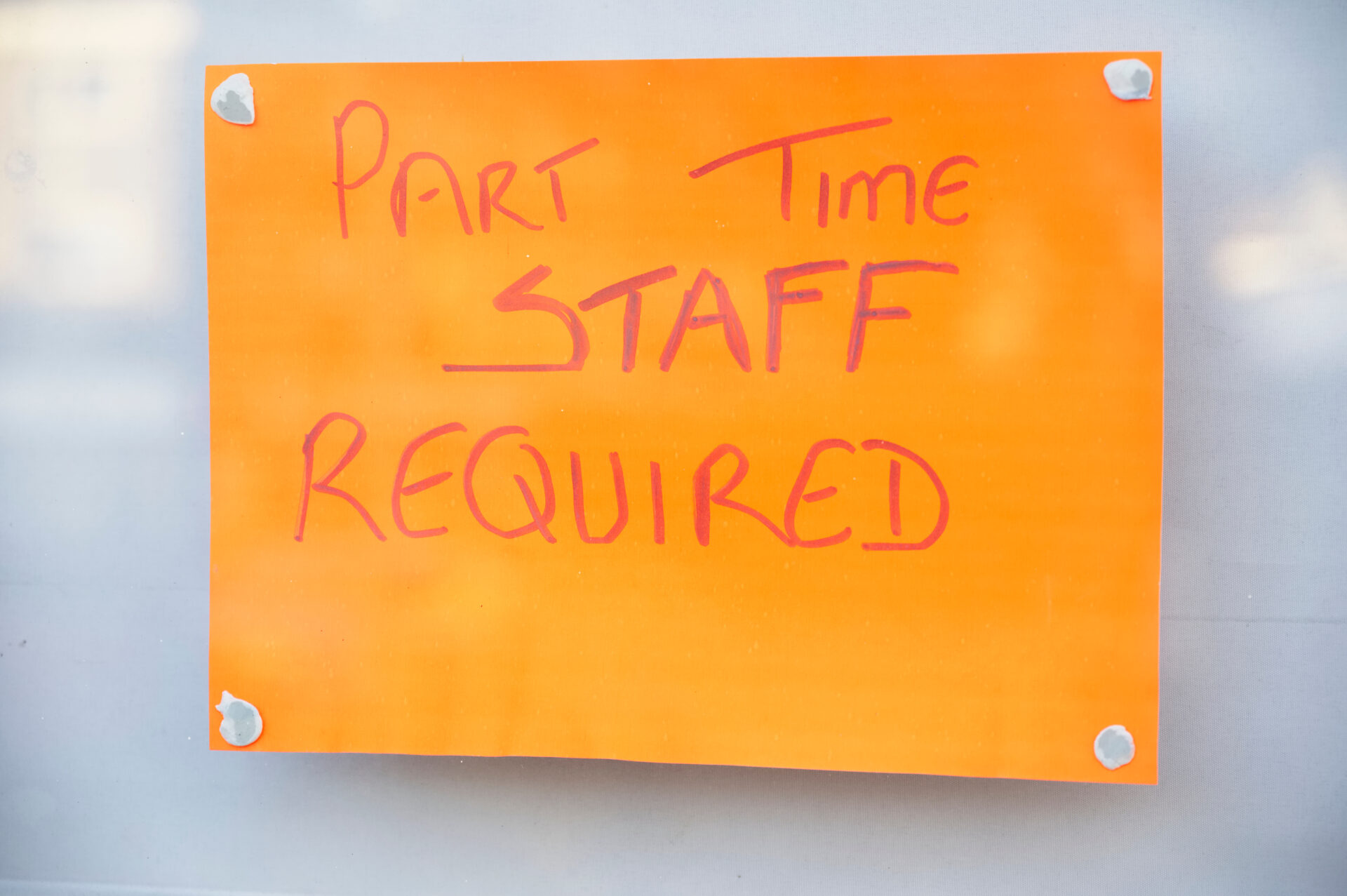2024 continues to be a challenging year for UK job hunters, with advertised vacancies decreasing to 862,294, marking a 0.46% monthly decline in March and a significant 17.41% annual drop, according to the latest UK Job Market Report by Adzuna. This is the fifth consecutive month of decline, with the unemployment rate rising to 4.2%, the highest in six months, resulting in 1.87 jobseekers per vacancy, the highest since August 2021.
Sectors such as PR, Advertising & Marketing have been hit hardest, experiencing an 11.09% drop in the past month, as companies cut back on marketing spend. The Trade & Construction sector also saw a decrease of 8.24%, influenced by a prolonged housebuilding slump. However, sectors like Travel and Manufacturing have seen growths of 16.27% and 6.09% respectively in March, offering some offset to the overall declines.
Despite the challenging job market, average advertised salaries are on the rise, increasing by 0.41% in March to £38,638, and showing a 2.95% increase annually. This trend is significant as wage growth starts to show signs of easing, with March’s annual growth not as strong as February’s 3.01%. This slowdown is being watched closely by borrowers in anticipation of potential interest rate cuts by the Bank of England later in the year.
Andrew Hunter, co-founder of Adzuna, commented on the current state of the job market: “This new data continues to paint a difficult picture for job hunters in 2024. Vacancies have fallen again in March, unemployment is up and competition for open roles is intensifying across most sectors. The outlook remains poor too – Adzuna’s data, collected month-to-date in April, suggests no clear signs of a hiring recovery just yet.”
Tony Wilson, director at the Institute for Employment Studies, added: “On the face of it, lower vacancies and higher unemployment points to a bit more ‘slack’ in the labour market than we have been used to in the last few years.
“However, it’s worth noting that underneath the headlines, unemployment is being pushed up by more people who have been out of work for a year or longer, many of whom will need more and better support to get back into work.
“And while vacancies are continuing to drift down, there are still well over 800,000 unfilled jobs in the economy – which is holding back economic growth and living standards. So it remains the case that we need to do a lot more to boost labour supply, by reaching and helping people out of work who want a job, and not just rely on higher interest rates to dampen demand.”















